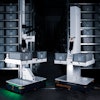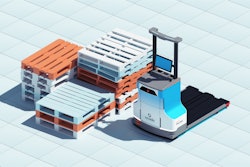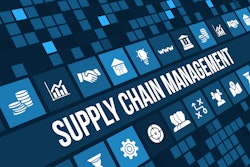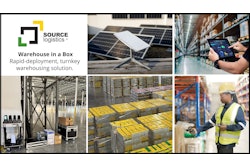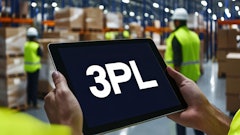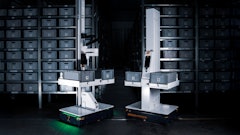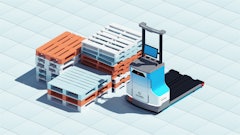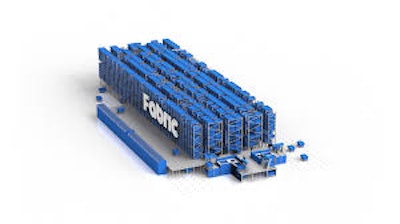
Fabric launched Orchestra, an AI-native software suite that closes the gap between automation and business outcomes.
By combining the speed and precision of robotics with AI-powered decision-making, Orchestra enables retailers to cut costs, reduce shrink, and deliver better customer experiences, without adding complexity or training burdens.
“Orchestra is transforming fulfillment. It’s more than software powering robots, it’s a platform built from the retailer’s perspective,” says Ori Avraham, co-founder and VP of product at Fabric. “By equipping site managers, supply chain planners and customer experience leaders with the tools they need, Orchestra bridges the gap between automation and business outcomes. This is about more than efficiency, it’s about helping retailers cut costs, work smarter and deliver the seamless customer experience that defines modern commerce.”
Key takeaways:
· Orchestra helps teams onboard new employees faster, makes automation tools intuitive and accessible for everyone, and brings intelligence to everyday tasks like inventory management and storage optimization.
· Key investment areas include electronic shelf labels, workforce management tools, and AI/machine learning solutions.
· Central to this shift toward democratized fulfillment are new, innovative capabilities within the Orchestra suite, such as Ops Pilot and the Digital Planogram.
· Ops Pilot acts as an AI-powered operations assistant, like ChatGPT for the warehouse floor, designed to flatten the learning curve for every employee. By enabling simple, conversational interactions with the fulfillment system, Ops Pilot helps staff of any experience level get real-time insights, asking questions like “How many orders did we pick yesterday?” and troubleshoot tasks without formal training.
· Digital Planogram is a visual orchestration tool that brings retail merchandising strategies into the automated warehouse. By mirroring store layouts and providing real-time recommendations on inventory replenishment, SKU placement, and promotional displays, it turns complex decisions into simple, everyday actions for frontline staff. Rather than relying on manual adjustments or static plans, the Digital Planogram adapts dynamically to demand patterns and inventory levels, helping retailers optimize space, improve stock accuracy, and reduce costly errors. In early deployments, retailers have reported measurable gains in inventory turnover and margin protection, transforming layout optimization from a back-office function into a frontline advantage.
· The Software Brain for Smarter Fulfillment Orchestra serves as the coordination and intelligence layer across every aspect of fulfillment: inventory, labor, order management, delivery, and robotics. It translates automated movements into business outcomes, bridging the gap between warehouse operations and retail goals.
· Designed with insights from Fabric’s own fulfillment centers, the suite addresses real-world bottlenecks retailers face on the ground such as customer experience and growth; supply chain and inventory management; and robotic facility operations.



